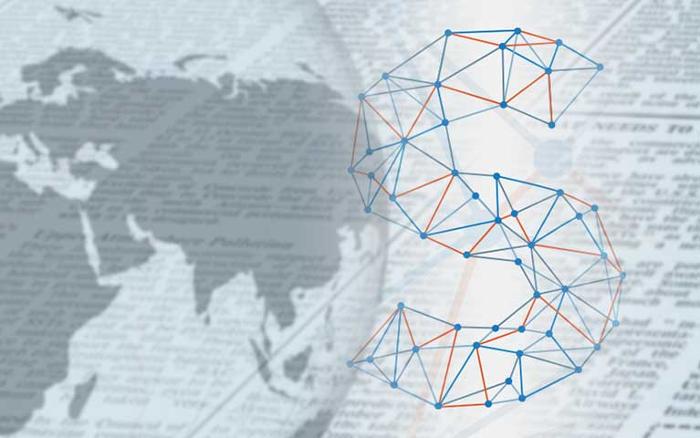

E-tools open up a new horizon for health and safety at work
Miguel Santos Romón, president of the ASPA Federation of External Prevention Services, says that information and communication technologies (ICTs) make it possible to process and interpret a huge amount of data, improve assessments, measure and share results, and create a global prevention community.
Technology plays a key role in occupational risk prevention (ORP), according to Miguel Santos Romón Mena, president of the ASPA Federation of External Prevention Services. New work equipment, materials, techniques and tools are a step forward in safeguarding health and safety, but the emergence of new ICTs has brought about a revolution in prevention. "They have made it possible, among other things, to manage information more efficiently, to share that information, to join forces and to improve people's lives in their working environment".
E-tools have opened up a new horizon in terms of prevention "because of their almost infinite capacity to adapt to different needs and because 21st century society revolves around the virtual world". Therefore, "these tools focused on prevention allow any company, especially small and medium-sized ones, to comply with legislation in a simple and effective way and thus help to implement a true culture of prevention thanks to their accessibility".
Online risk assistance
Romón points out that ICT has also changed the way we train in prevention, as there are now even virtual games that create environments with different experiences for each type of job. "Consider, for example, the European Agency for Health and Safety at Work's OIRA (Online Risk Assistance) programme. On this platform, through a website, different countries post their e-tools used for prevention, so that anyone can access them. For example, France has 42 applications".
These new tools have replaced the traditional static and non-feedback capable paper with interactive applications, which produce personalised information and facilitate real preventive communication. In the opinion of the ASPA president, these new technologies "make it possible to process a huge amount of data, improve assessments because they have the capacity to interpret these data, and simplify results to offer prevention solutions. They also make it easier to measure these results, share them and create a global prevention community".
Multiple media
Applications, websites, social media, software, etc. The media are as varied as the goals they pursue. "There are applications capable of measuring noise levels and worker exposure in real time, others that, thanks to virtual reality, allow for realistic preventive training, and others that analyse the accident rate and its causes, and propose solutions. Of course, as Romón points out, the use of e-tools must also be accompanied by the appropriate "training and monitoring of processes", to ensure that developments such as big data, simulators, drones, exoskeletons, sensors, etc. really become part of a new, much more effective prevention system.





